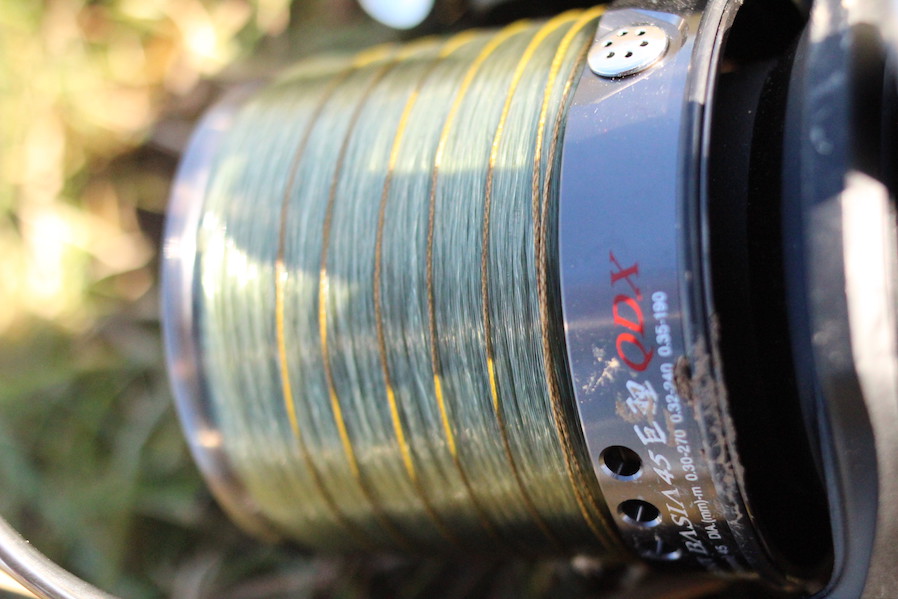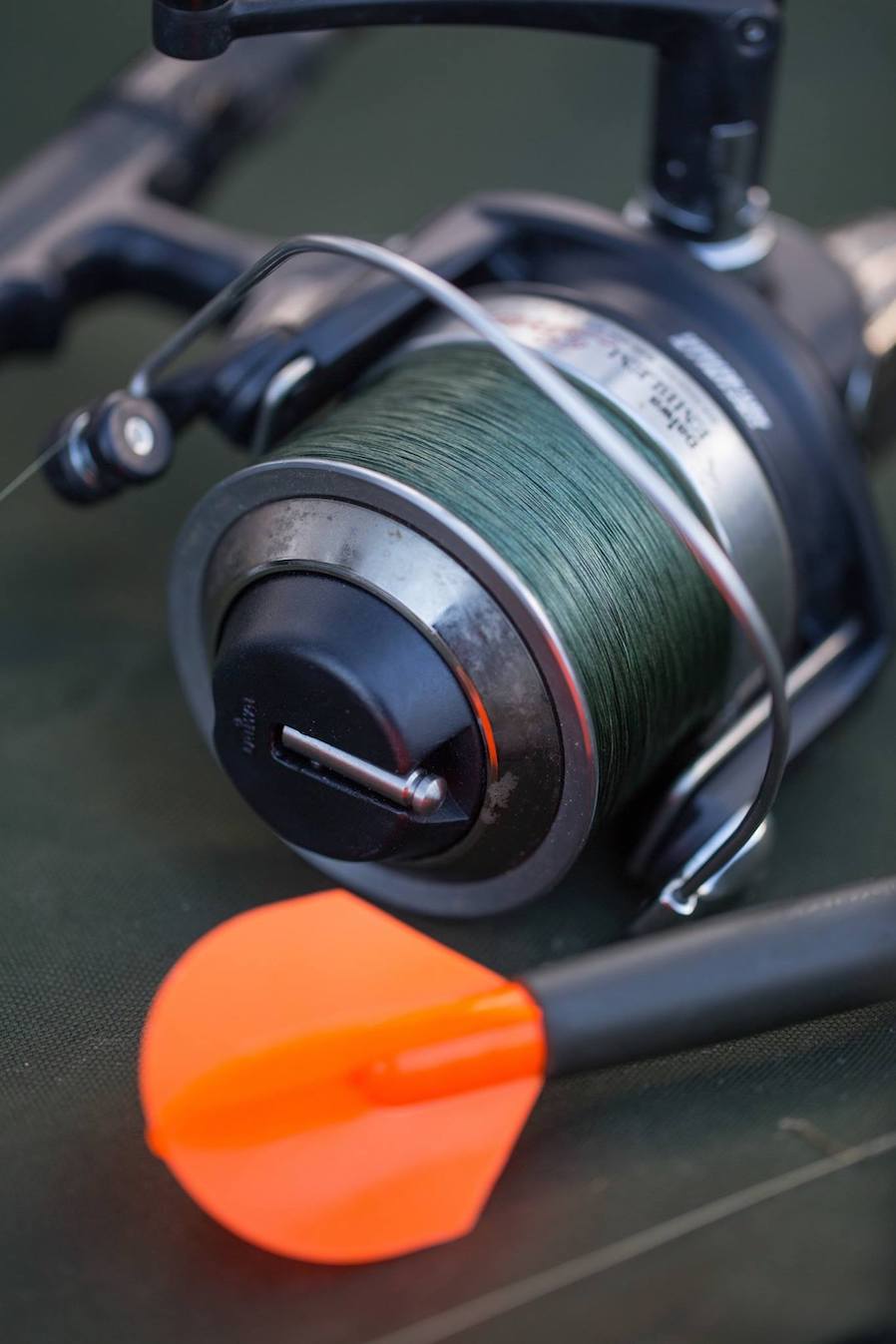This is a demo store. No orders will be fulfilled.
Monday Top 5 - Braid Tips

Tension
When you are loading your spool with braid remember that you need to ensure you do so under tension. Tension ensures the braid ‘beds down’ correctly on the spool, which reduces the chance of the braid cutting into itself or creating wind knots upon casting. Use a towel or a couple of finger stalls to ensure the tension is on the braid and protect your fingers from the cheese wire like threat of braid burns! Make sure you always use a finger stall when you are casting with braid, too, otherwise… well…ouch.

Shocking
You can fish braid straight through, and in some of the most testing environments this is a sure fire way to ensure that everything you hook comes in. However, when feeder fishing or in very clear water, the aid of a fluorocarbon leader or mono leader of around five turns of your reel not only gives you a bit of stretch when the fish comes within netting range, but also allows you to keep the line near your end tackle a little more camouflaged. Use an Albright or back to back grinner knot to join the leader to the braid. In the reverse situation, when casting to distance, the use of a high strength braid, such as 50lb, is perfect to help take the force of the cast, and propel your casts further when you have a low diameter casting line mono as your reel line.

Sink or Float
Braid is available in sinking and floating. Choosing the correct type is essential when you come to fish. Floating braid is great for marker/spod work and for float and lure fishing. Sinking braid is by far and away better for fishing with feeders and carp rigs, as it’s less visible, and aids your presentation. Most braids on the market now specify what application they are designed for, so go with this info.

Double Loop Trick
Braid can be a nightmare and almost impossible to unknot if you ever need to. The thin fibres bed down on things like swivels and hooks, which is great in terms of strength, but for applications such as changing spods to leads, or marker floats for leaders, here’s a little trick to save you wasting time trying to pick out a knot in your braid. Use two loops. One large overhand loop, and a small one at the end. Then loop to loop your chosen item and when
it’s time to change it, simply pull on the smaller loop and bingo the knot is easy to undo, and you can loop on anything else.
Wet Wet Wet
Always wet you braid before casting. Dry braid can often be more prone to wind knots and general nightmares on the cast. Before casting for the first time either dunk your reel in the water or simply splash the spool thoroughly with water you’ll thank me in the long run.

I hope the following tips are of some use to you the next time you have a spool of braid ready to go.
